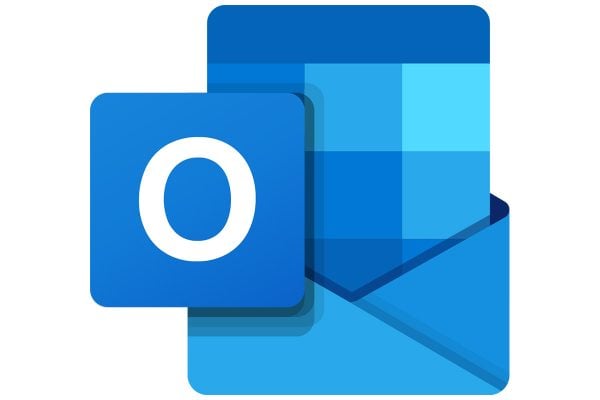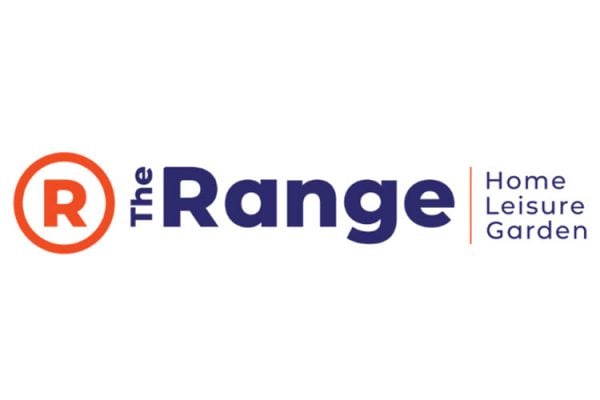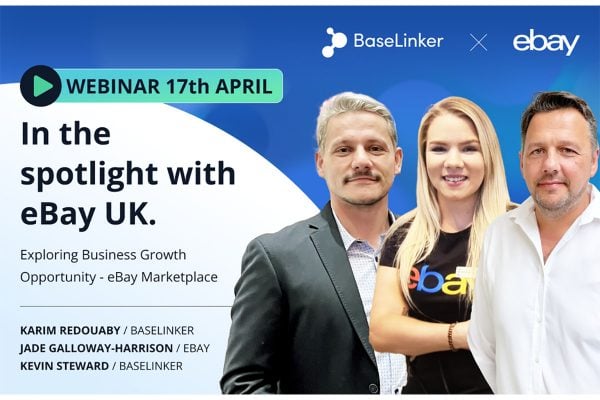This is a guest post by Declan Kennedy, CEO of StitcherAds, discussing how offline and online customer journeys can be connected via their email address:
Here’s the big challenge when considering the ‘customer journey’; the ‘buyer’ (aka the customer) doesn’t think about the distinction between their online and offline behaviour; they flit effortlessly between the two. But too many retailers continue to regard offline and online behaviour as separate; treating each part of the customer experience as a silo and creating marketing strategies accordingly. This makes no sense; if retailers are to increase the value of a customer, bringing offline and online together is absolutely critical in order to drive future sales.
I’ll concede though that the big issue for retailers is how to track and measure how – and if – their online advertising activities are translating into customers coming into their shop and actually buying products. While there’s a lot of strategy that goes into optimising online ads, comparatively it seems simple. You put an ad up, test it, and adjust where necessary to get the optimal results. As it is all online, it can be tracked to give retailers real-time information through data analytics about the success of marketing campaigns and how they translate into revenues. However, this level of innovation exposes how far behind traditional advertisers are in tracking a customer purchasing journey; it’s much harder to track the impact of print or TV ads, hence the shift to online where impact can be measured.
So how do retailers merge their offline marketing strategies with their online efforts to better target customers? We all know that digital assets are more accessible more of the time and are smart compared to traditional media. They can be personalised and interactive. Ease of access means that customers spend time online to discover, view, review, discuss, compare, and get recommendations about products. But in the end, while they may live on their mobile devices, most still buy in-store. So retailers need to ensure they target the customer at every stage of their buying journey online and offline. And better targeting really means more personalisation. But to better personalise the customer experience requires better data. While online retailers have a lot of data to better target and inform customers, most buyer data is still produced in store. To take the buying experience to the next level, for both customer and retailer, integrating in-store data with online customer activity is key.
The good news is that Facebook has a solution to allow retailers to integrate in-store customer data with online data to enable more cohesive commerce. This solution enables retailers to use customers’ real identities to prove that their ads have generated in-store sales. This means that retailers can use their offline buying data within an online campaign. This can result in increased sales, both online and in-store.
Ok, so how does this work in practice? The way that the online and offline worlds can be linked is through a variety of identity options, but most commonly through an email address. So, when a customer goes into a store and buys something, if the retailer can get their email address, that address can be linked to an ad that was clicked on by the customer for that retailer on Facebook.
Now, the email address comes from several sources. This could either be signing up for a warranty, a loyalty program, or getting a receipt by email. Regardless, the email is the common denominator. Think, how often do you go in-store now and you are asked if you would like to have your receipt emailed to you? Up to 80 percent of transactions in store are linking back to an email address. And the result? The customer online and offline journey becomes a merged ‘thing’ for the retailer. And from here, things can then start to get really interesting. Because with a performance marketing solution, like StitcherAds, retailers can then start to build cross selling and upselling strategies based on the in-store purchase data that they have collected. The more rounded view of the customer journey created through the capture of the customer’s store level behaviour is invaluable in helping further personalise offers back to the customer.
And if a retailer has stores all over the country, this helps surface buying behaviour in different locations. The link between in-store and online means that buying data from a store in Manchester can be used to show relevant best-selling products to people in that area. By unlocking in-store data, a retailer is able to serve personalised ads based on the location of that customer. Being able to join the dots in this way can really help in a retailer’s marketing efforts both in-store and digitally. Unleashing the potential of in-store transaction data sitting in retailers’ CRM, eReceipt or EPOS can exponentially boost online campaigns.
To conclude, retailers have to work harder to break down their siloed approach to serving the online and offline customer experience. The technology, data and platforms are there to do so and the results are compelling; it’s time to take a fresh approach and to achieve the commensurate uplift in customer engagement as a result!










One Response
“Get their email address” Eh.
The new GDPR ruling will have something to say about that.
Here:– https://www.itpro.co.uk/security/27563/how-to-get-ready-for-gdpr-2018-data-protection-changes